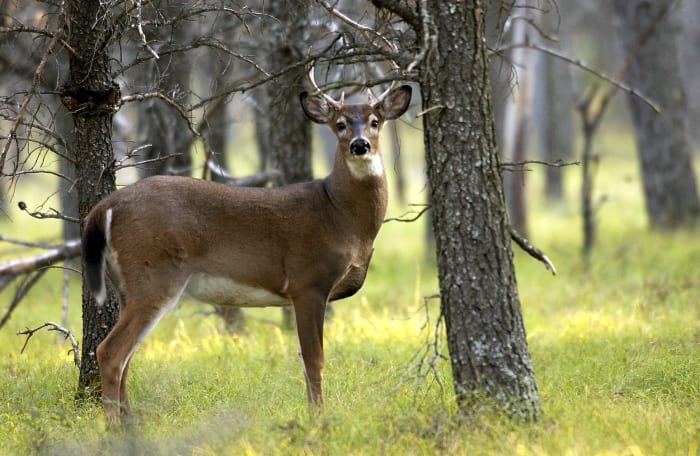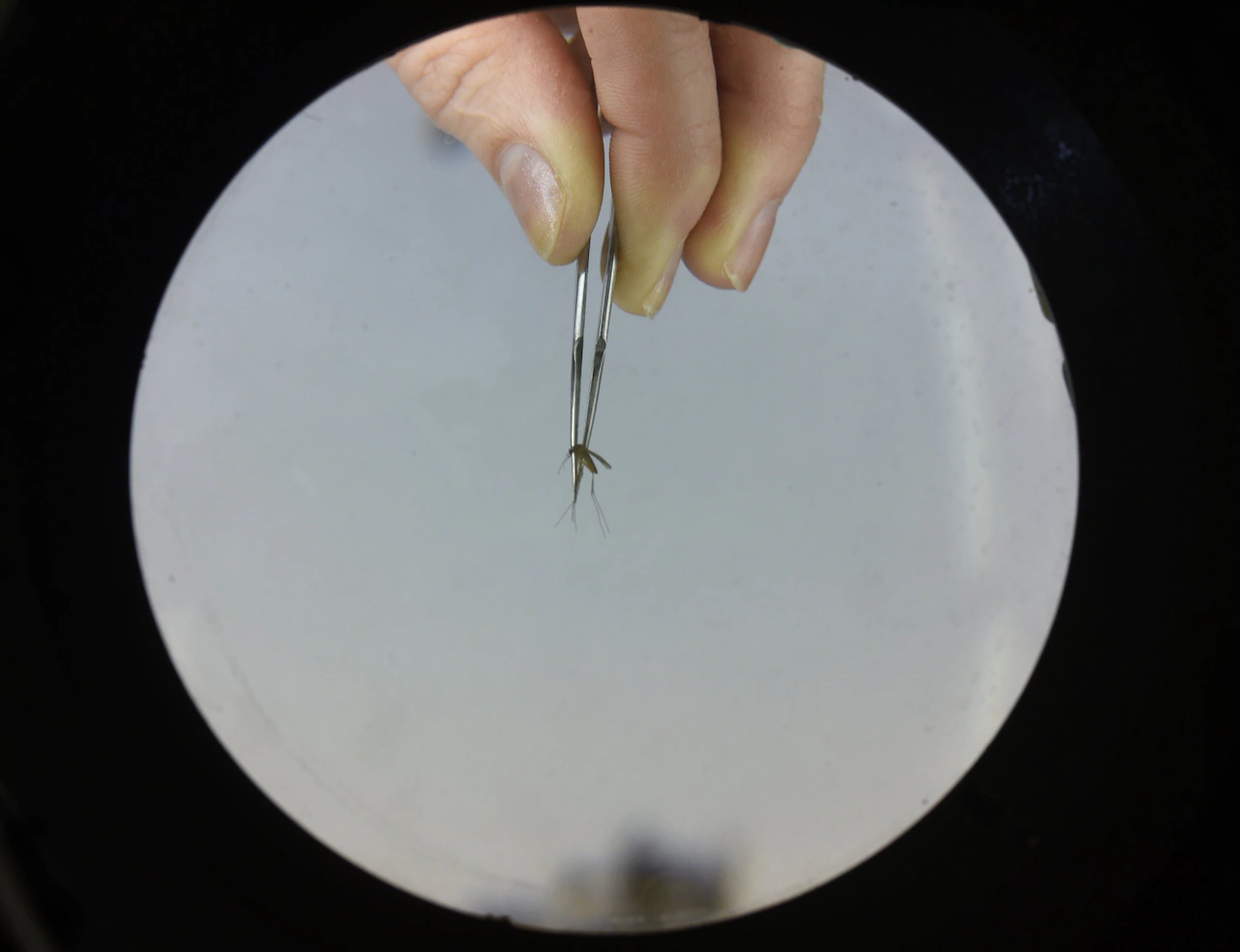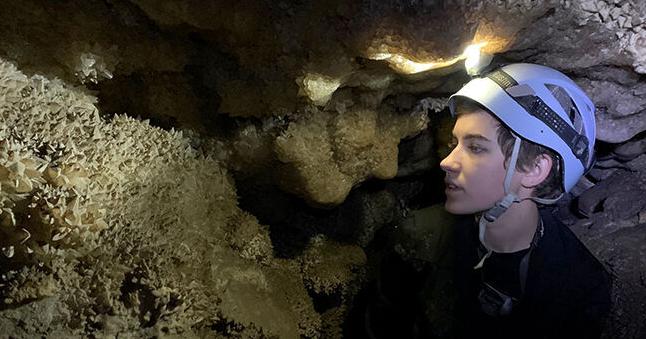
FLINT, Mich. – There are now 16 Michigan counties where chronic wasting disease has been found in the wild deer population.
A 2.5-year-old doe in Gaines Charter Township tested positive for CWD, making Genesee County the 16th Michigan county with CWD. The doe was reportedly very skinny, drinking continuously and walked directly up to a conservation officer.
The Michigan State University Veterinary Diagnostic Laboratory, which works with the DNR to identify CWD in Michigan’s wild deer herd, confirmed the CWD finding. A sample will be sent to the U.S. Department of Agriculture’s National Veterinary Services Laboratory in Iowa for secondary confirmation.
CWD is a neurological disease that affects deer, elk and moose. It causes a degeneration of the brain. It can cause emaciation, abnormal behavior, loss of bodily functions and eventually death.
Once an animal is infected with CWD, it will not recover. There is no cure.
Besides Genesee, the disease has been detected this year in Clinton, Dickinson, Eaton, Gratiot, Hillsdale, Ingham, Ionia, Isabella, Jackson, Kent, Mecosta, Midland, Montcalm, Ogemaw and Washtenaw counties.
What is Chronic Wasting Disease (CWD)?
CWD is caused by a normal protein, called a prion, that folds incorrectly.
It is transmitted through direct animal-to-animal contact or by contact with saliva, urine, feces, blood, carcass parts or infected soil.
Prions are extremely resistant in the environment and can stay infectious for years.
Symptoms of Chronic Wasting Disease in deer
CWD has a long incubation period, usually around 18 months but can take as long as two years for symptoms to show up.
In most cases, animals with CWD don’t have any visible symptoms of the disease until the last few months of the disease’s cycle. That means that most infected animals are virtually impossible to distinguish from healthy, non-infected animals.
Because CWD affects the neurological system of an infected animal, they usually die from predators, vehicle collisions or other diseases before CWD is visible.
If an infected animal survives to the end stages of the disease, the most obvious sign is emaciation. CWD leads to gradual loss of body condition. Other symptoms include excessive drinking and urination.
Deer will have fewer interactions with other animals, listlessness, lowering of the head, blank facial expression and repetitive walking in set patterns. In elk, you may see hyper-excitability and nervousness. Excessive salivation, drooling and grinding of the teeth have also been seen.
Can humans get chronic wasting disease?
According to the CDC, there have been no reported cases of CWD infection in people. However, it might be a risk to people if they have contact with or eat meat from animals infected with CWD.
CWD is related to another prion disease in animals that does infect people. The CDC considers CWD a “theoretical risk to people.”
Studies in monkeys suggest that they can get CWD by eating meat or brain tissue of infected deer or elk. Those studies have raised concerns that CWD can pose a risk to people.
How to find available CWD testing sites
Click here to find available CWD testing sites near you.
How to report a sick deer



